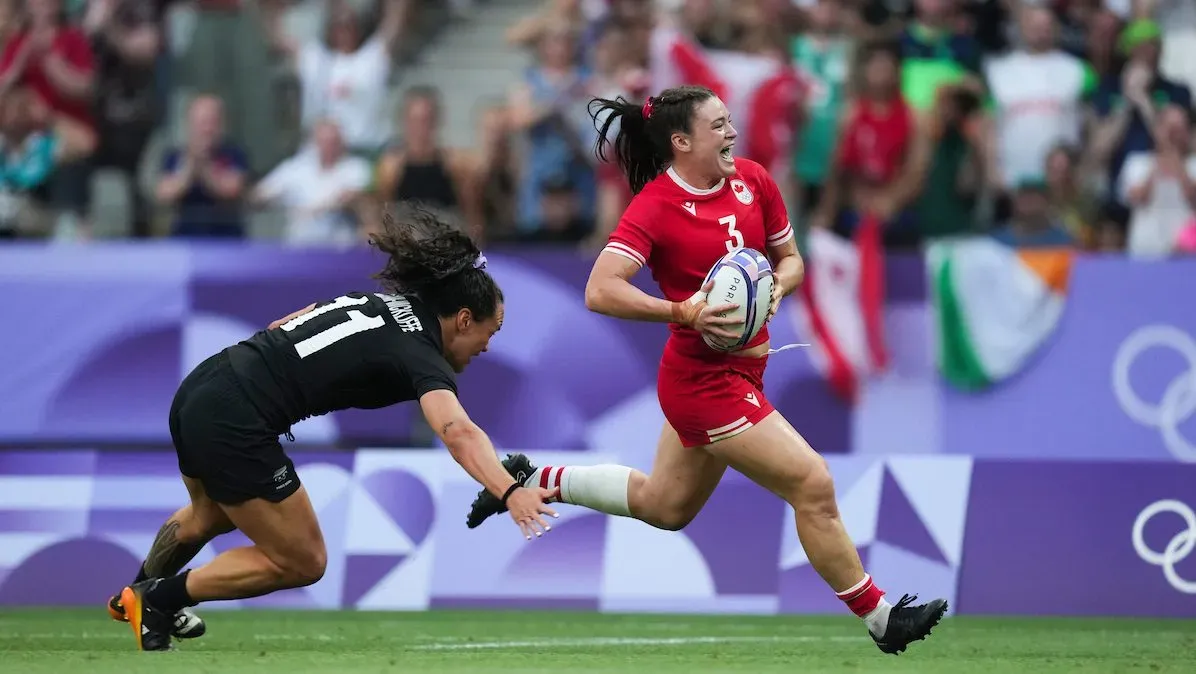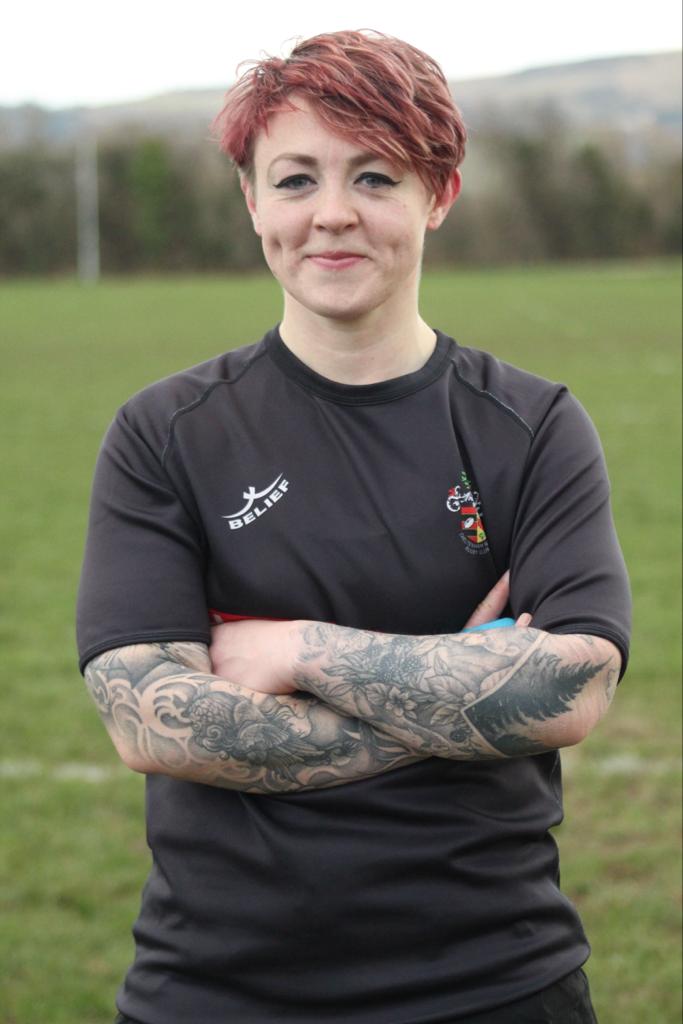
From the Side-lines to Centre Stage: Celebrating the Rise of the Women's Rugby World Cup
From the Side-lines to Centre Stage: Celebrating the Rise of the Women's Rugby World Cup (And How You Can Be Part of the Future)
The roar of the crowd, the bone-jarring tackles, the sheer athleticism on display – the Women’s Rugby World Cup (RWC) is a spectacle that captures the hearts and minds of rugby fans worldwide. But the journey to this point, where women's rugby is gaining global recognition and commanding mainstream attention, has been a long and arduous one, filled with passion, perseverance, and a relentless pursuit of equality.

A History Forged in Determination:
While the men's Rugby World Cup has enjoyed decades of established history, the women's game faced significant hurdles in its early years. The first official Women's Rugby World Cup wasn't held until 1991 in Wales, organized not by World Rugby (then the IRB) but by volunteers, demonstrating the grassroots nature of the sport's initial growth. Without the same level of funding, resources, or media coverage as the men's game, the early tournaments relied on the dedication of players, coaches, and supporters who believed in the potential of women's rugby.
The 1990s and 2000s saw slow but steady progress. As more countries established women's national teams and invested in youth development, the level of competition increased, and the sport's visibility gradually improved. The International Rugby Board (IRB) officially took control of the Women's Rugby World Cup in 1998, marking a significant step forward in legitimizing the tournament.
A Turning Point: Professionalism and Global Recognition:
The 2010s marked a turning point for women's rugby. Increased investment from national unions, the rise of professional leagues, and the growing demand for women's sports all contributed to a surge in popularity and participation. The 2014 Women's Rugby World Cup in France was a landmark event, attracting record crowds and generating significant media attention. It showcased the incredible athleticism and skill of the players, captivating audiences around the world and paving the way for future growth.
The 2017 Women's Rugby World Cup in Ireland further solidified the tournament's status as a major sporting event. The final between New Zealand and England was a thrilling contest that drew a global audience, demonstrating the compelling drama and excitement that women's rugby has to offer. 2021 again saw favourites, the Red Roses (England), lose in the final to the Black Ferns (NZ) in dramatic fashion - and now, in 2025 we’re back at it.
The Present and the Future: A Sport on the Rise:
The current Women's Rugby World Cup, expanded to 16 teams and showcasing a new level of professionalism, marks a new era for the sport. The tournament's increased media coverage, sponsorship opportunities, and fan engagement reflect the growing recognition of women's rugby as a dynamic and exciting global sport.
The 2025 world cup is set to break records all over the place - Audience numbers have gone through the roof with over 40,000 in attendance for the 2025 opening match of England VS USA at Sunderland, and the final to be held at Twickenham (sorry I’m not calling it the Allianz), sold out before the tournament even started, with 82,000 expected to attend. The growth and support is joyful and undeniable!
However, there is still work to be done. Equal pay, improved training facilities, and greater opportunities for professional development are essential to ensure that female rugby players have the resources they need to thrive. It’s also important to continue to challenge gender stereotypes and promote inclusivity to create a welcoming environment for players of all backgrounds.
Inspired by the World Cup? It's Your Time to Shine!
Watching the Women's Rugby World Cup can ignite a fire within anyone who's ever dreamed of playing the sport. Whether you're a seasoned athlete looking to take your game to the next level, or someone who's never touched a rugby ball but is captivated by the passion and camaraderie on display, now is the perfect time to pursue your rugby dreams.
The first step is often the hardest: joining a local club, learning the rules, and developing the skills you need to compete. But with the right guidance and support, you can unlock your potential and become the best rugby player you can be.
LiftHer Strength App: Your Personal Rugby Performance Partner
That’s why I created the LiftHer Strength App – your ultimate resource for female-specific rugby training. Whether you are just starting your Rugby Journey or are planning to get signed. All resources are designed to empower players of all skill levels, from beginners to elite athletes, to achieve their goals.
LiftHer Strength App provides:
Beginner-Friendly Programs: Ease into the sport with foundational strength and conditioning workouts.
Position-Specific Training Plans: Tailor your training to the unique demands of your role on the pitch.
Injury Prevention Protocols: Stay healthy and on the field with targeted exercises and strategies.
Expert Coaching and Community Support: Get personalized guidance and connect with other female rugby players.
Inspired by the Women's Rugby World Cup? It's time to turn that inspiration into action. Download the LiftHer Strength App today and start your journey to becoming a stronger, fitter, and more confident rugby player. The future of women's rugby is bright, and you can be a part of it! Get started for free today!
